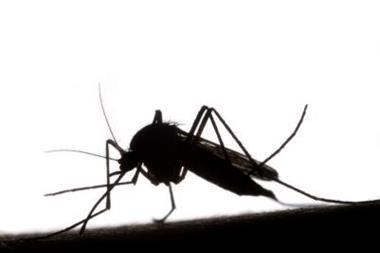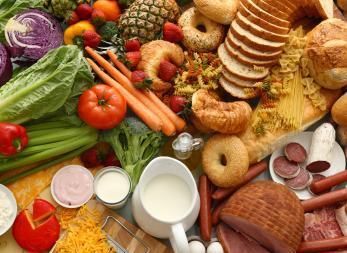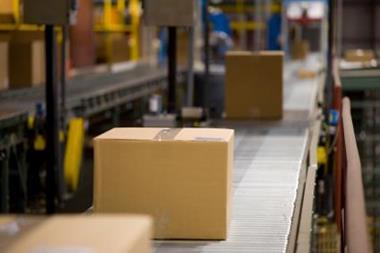New rules should improve food safety, but they may also increase waste
On 1 September a new set of harmonised rules on pesticide residues in food crops came into force across the European Union. The new rules should improve food safety, but they may also increase waste.
Residual levels of pesticides in the food we eat are becoming more and more central to the argument about health. Evidence increasingly suggests that rising levels of cancer and food intolerance are a consequence of pesticide residues in food. Even without the proof from definitive studies, most governments therefore contend that tighter controls over pesticide residues are – ipso facto – a good thing.
Individual consumers tend to be exposed to pesticides through the residues that remain in harvested crops. Most countries set a legal maximum residue level (MRL) for each pesticide, at a level which is considered safe for human health. The problem is that those levels vary from one country to another, making it difficult if not impossible for farmers to produce a crop suitable for human consumption throughout Europe.
Nine years in the making, a new set of European rules on MRLs finally came into force on 1 September, setting MRLs for pesticides in food across the whole of the EU. The intention of the new regulations is both to ensure safer food for European consumers, and to overcome the problems for traders and importers caused by 27 different sets of national regulations. The approved residue levels govern approximately 1100 pesticides used in agriculture in or outside the Union. They apply to some 315 agricultural products destined for human or animal consumption, from tarragon to the worthy carrot. They also apply to processed products, with levels adjusted to take account of dilution or concentration during processing.
“Complying with the MRLs is the responsibility of growers, traders and importers
The residue level for each pesticide and each crop is listed in a giant database on the European Commission's website. The database (http://ec.europa.eu/sanco_ pesticides/public/index.cfm) is freely accessible to all. Where a pesticide is not specifically mentioned, a default MRL of 0.01 mg/kg applies.
Complying with the MRLs is the responsibility of growers, traders and importers, and for larger producers the new EU-wide regulations should make life easier. If you produce food for human consumption in one EU state, then it can be marketed anywhere in the EU.
There is, however, a catch. In the past, harvests that failed to reach standards in one member state could be marketed in another with lower MRL standards. A dubious practice maybe, but it meant that if a production batch was not quite up to scratch, it was not completely wasted. From now on, such harvests will be dumped.
The Commission intends to see the new standards enforced. While national authorities are responsible for control and enforcement of the MRLs, the Commission sets out the main pesticide/crop combinations to monitor and the minimum number of samples to take. The Commission’s Food and Veterinary Office will carry out national audits to ensure standards meet EU norms. For more information, see: http://ec.europa.eu/dgs/health_consumer/press/ pesticide_residues.pdf



















No comments yet